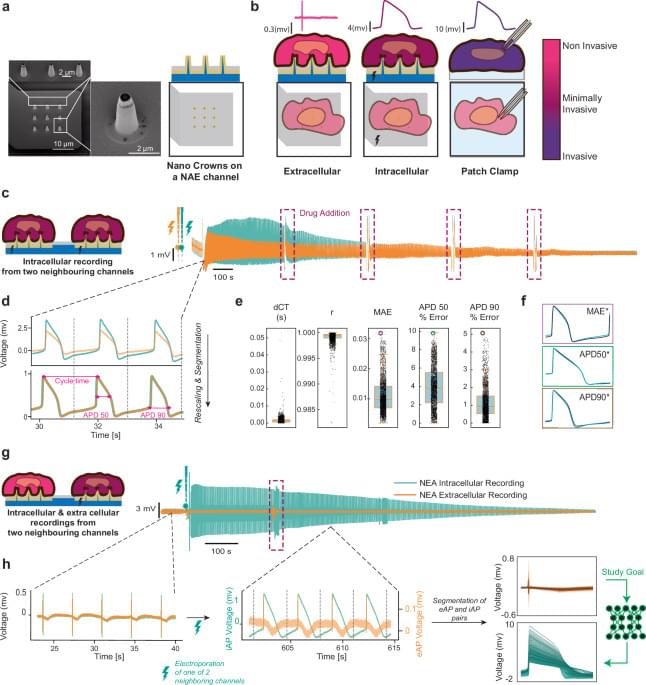This is supposedly super close now. The waters are muddied, we are possibly already well into Agi, and work is underway for ASI.
Super-agents could make AI a true replacement for human workers.
This is supposedly super close now. The waters are muddied, we are possibly already well into Agi, and work is underway for ASI.
Super-agents could make AI a true replacement for human workers.
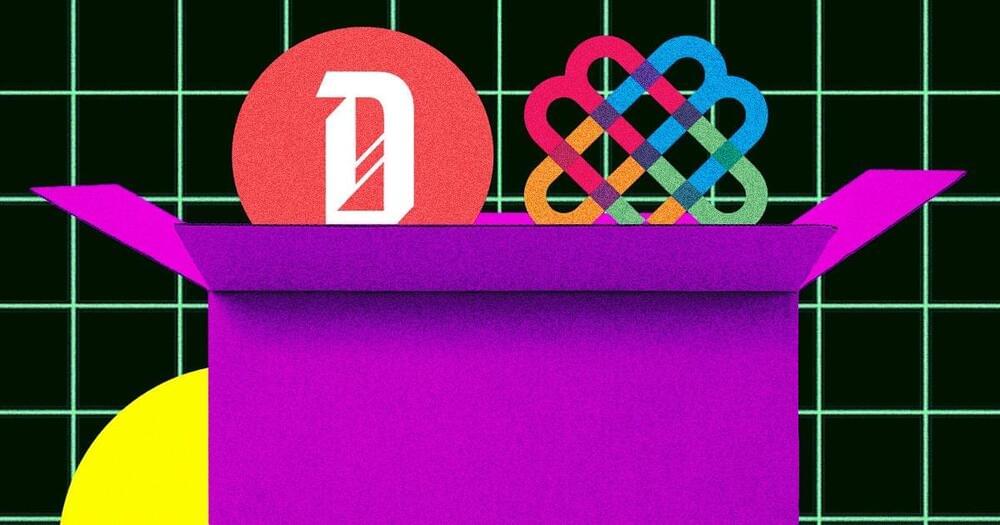
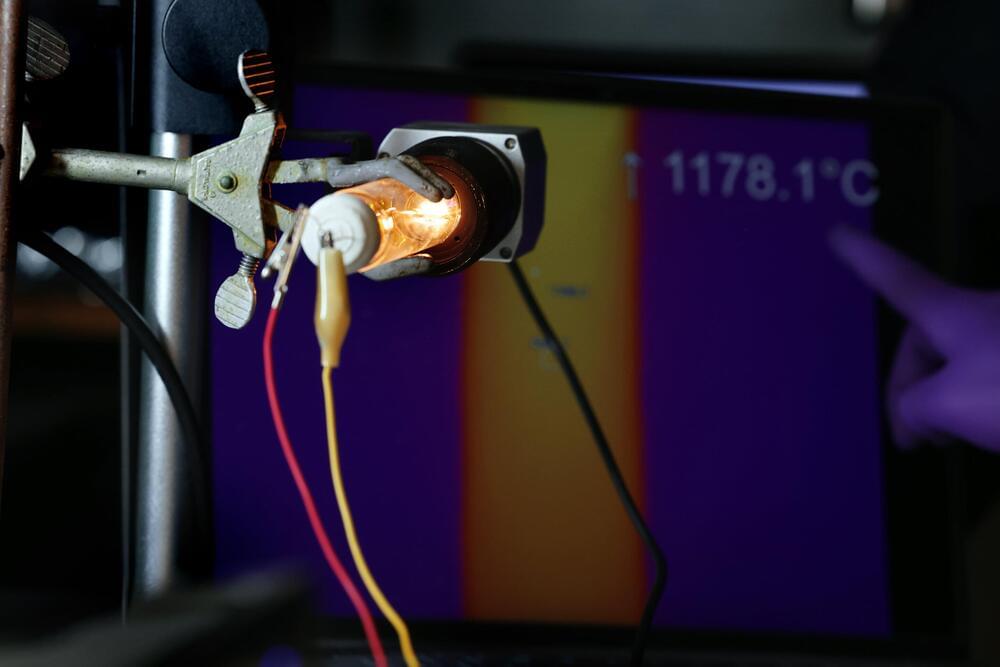
Bright, twisted light can be produced with technology similar to an Edison light bulb, researchers at the University of Michigan have shown. The finding adds nuance to fundamental physics while offering a new avenue for robotic vision systems and other applications for light that traces out a helix in space.
“It’s hard to generate enough brightness when producing twisted light with traditional ways like electron or photon luminescence,” said Jun Lu, an adjunct research investigator in chemical engineering at U-M and first author of the study on the cover of this week’s Science.
“We gradually noticed that we actually have a very old way to generate these photons—not relying on photon and electron excitations, but like the bulb Edison developed.”


Speaking on the sidelines of an event hosted by chip supplier Siliconware Precision Industries in Taichung, Taiwan, Huang explained the transition in Nvidia’s chip packaging requirements. “As we move into Blackwell, we will use largely CoWoS-L. Of course, we’re still manufacturing Hopper, and Hopper will use CoWoS-S. We will also transition the CoWoS-S capacity to CoWoS-L,” he stated.
Huang emphasized that this shift does not indicate a reduction in capacity but rather an increase in capacity for CoWoS-L technology. “So it’s not about reducing capacity. It’s actually increasing capacity into CoWoS-L,” he said.
CoWoS-L (Chip-on-Wafer-on-Substrate with Local Silicon Interconnect) represents a significant advancement over CoWoS-S in terms of performance and efficiency for high-end computing applications like AI and HPC.
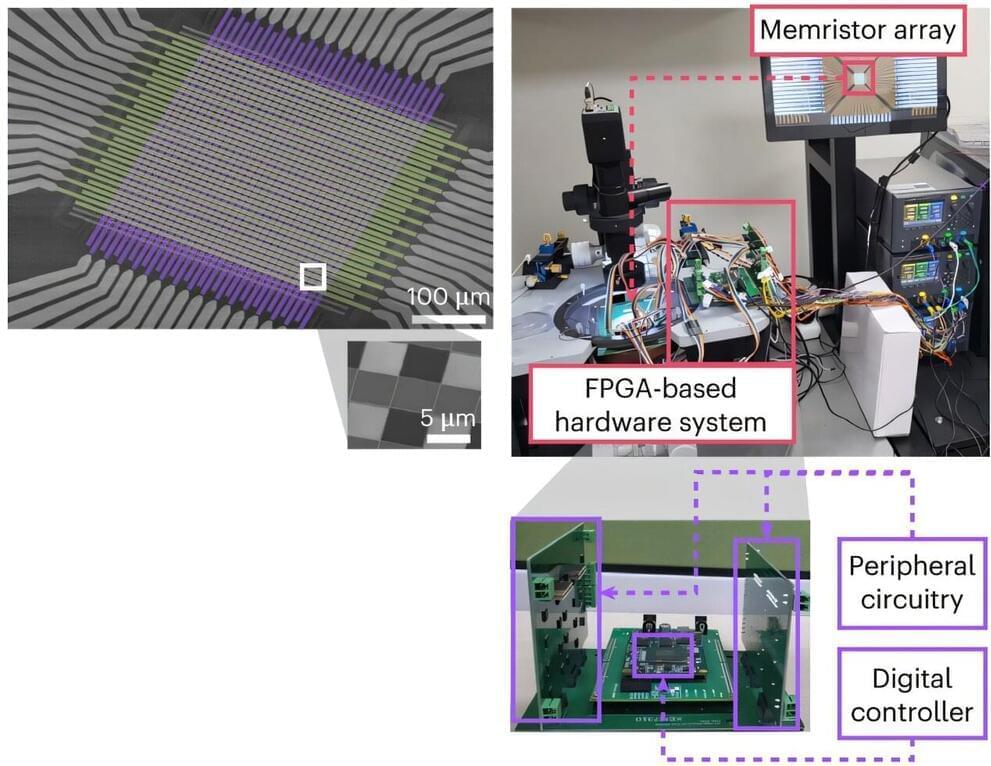
Existing computer systems have separate data processing and storage devices, making them inefficient for processing complex data like AI. A KAIST research team has developed a memristor-based integrated system similar to the way our brain processes information. It is now ready for application in various devices, including smart security cameras, allowing them to recognize suspicious activity immediately without having to rely on remote cloud servers, and medical devices with which it can help analyze health data in real time.
The joint research team of Professor Shinhyun Choi and Professor Young-Gyu Yoon of the School of Electrical Engineering has developed the next-generation neuromorphic semiconductor-based ultra-small computing chip that can learn and correct errors on its own. The research is published in the journal Nature Electronics.
What is special about this computing chip is that it can learn and correct errors that occur due to non-ideal characteristics that were difficult to solve in existing neuromorphic devices. For example, when processing a video stream, the chip learns to automatically separate a moving object from the background, and it becomes better at this task over time.
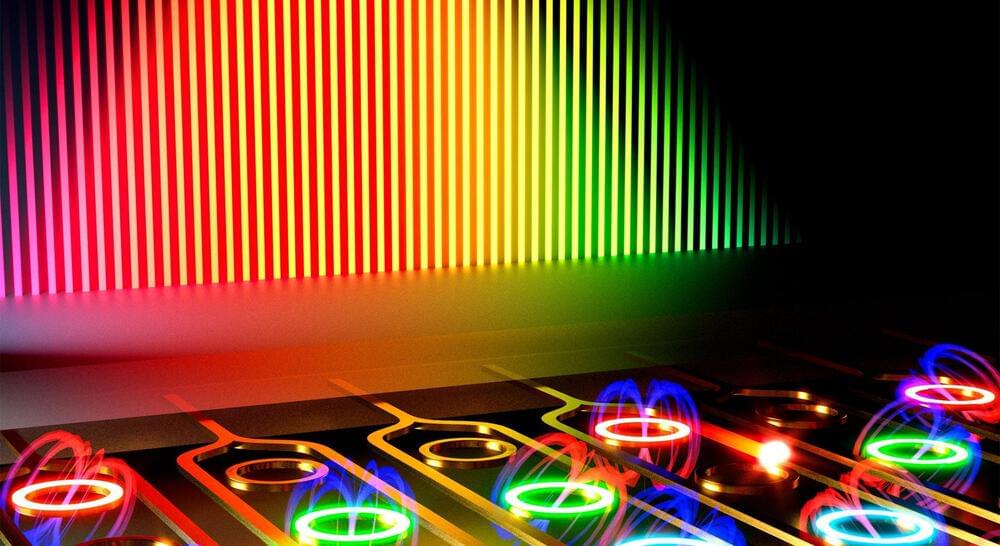
A new era in computing is emerging as researchers overcome the limitations of Moore’s Law through photonics.
This cutting-edge approach boosts processing speeds and slashes energy use, potentially revolutionizing AI and machine learning.
Machine learning is a subset of artificial intelligence (AI) that deals with the development of algorithms and statistical models that enable computers to learn from data and make predictions or decisions without being explicitly programmed to do so. Machine learning is used to identify patterns in data, classify data into different categories, or make predictions about future events. It can be categorized into three main types of learning: supervised, unsupervised and reinforcement learning.
Eliza evolves into a lifelike AI robot, offering emotional intelligence, human-like companionship, and interactive engagement for $420,000.
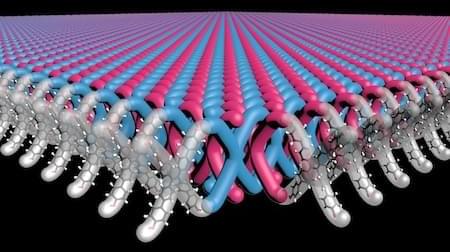
Nemourlon armor of reasonable weight resists penetration by most fragments and any bullet that is not both reasonably heavy and fairly high-velocity.’ — Jerry Pournelle, 1976.
Goldene — A Two-Dimensional Sheet Of Gold One Atom Thick ‘Hasan always pitched a Gauzy — a one-molecule-layer tent, opaque, feather-light, and very tough.’ — Roger Zelazny, 1966.
GNoME AI From DeepMind Invents Millions Of New Materials ‘…the legendary creativity of our finest human authors pales against the mathematical indefatigability of GNoME.’
